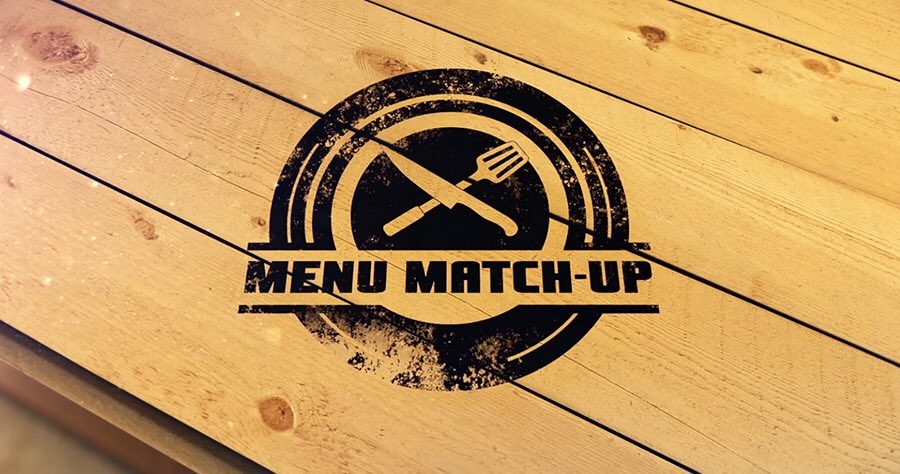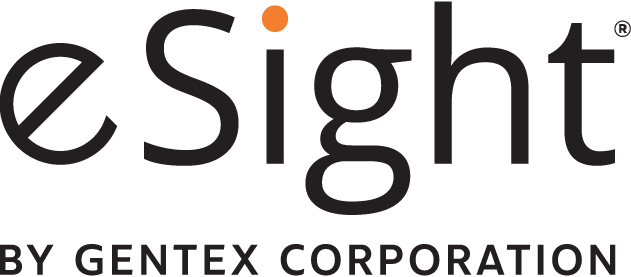Mary Mammoliti
Mary Mammoliti is a culinary expert, host on Accessible Media Inc (AMI), contributor for Kelly and Company, and blogger for Kitchen Confession. She lives with retinitis pigmentosa.

Featured Webinar: Mary Mammoliti from Kitchen Confession, hosted a webinar discussing accessible cooking tips, and her favourite low-vision friendly appliances.
Watch the webinar on-demand here.
Early Career
Mary was not always in the food industry, as she began her career as a financial analyst. But as her eye condition progressed, she found that she could no longer do her job anymore. “I felt like I was living a lie,” she divulges. Making the decision to leave wasn’t easy, but she explains that she felt like her eye condition made the decision for her. All she had to do was accept her loss of control in this area.
Instead of focusing on what she couldn’t do, cooking helped her remember what she could do. Mary always loved cooking, but she was never able to make time for it while prioritizing her career.
“Food made me happy. It was a place where I was able to be myself, and nobody had to guide me in the kitchen which was really empowering.”
Dipping Her Toes Into the Food Industry
She began recreating recipes that she loved, by taking some classic childhood Italian dishes and putting her own spin on them. Soon, people began asking her for her recipes so she created an Instagram account. Things only took off from there, and soon she was opening up her own website and starting her own recipe development.
Menu Match-Up
After that, she became a guest chef in an AMI and CNIB sponsored event: Menu Match-Up, which contributed to her current long-standing partnership with AMI. She, along with other visually impaired chefs, were paired up with sighted celebrity chefs in this cooking competition. Mary soon realized how much she loved cooking, teaching, and experimenting through food.

Accessible Cooking Tips
Mary has a plethora of useful accessible cooking tips for the visually impaired.
- Tuck your knives away! If you have a work surface, tuck the sharp end of the knife under your cutting board to avoid any accidents with your hands.
- Stabilize your cutting boards by dampening a paper towel and stretching it out over your countertop, then placing your cutting board on top so it won’t move around while you’re chopping.
- Place your cutting board inside a rimmed baking sheet so if you’re chopping cucumbers, carrots, or anything that will roll, the rim will catch it for you.
- Use Bump Dots or a PenFriend to identify items in your kitchen, such as figuring out different spices from bottles that all feel the same.
- Silicone oven mitts that cover your forearm or go up to your elbow are great so you don’t accidentally burn yourself.
- Try a vegetable peeler instead of a knife when peeling apples, pears, etc. for added safety.
- When trying to find the handle of your pot, use a wooden spoon to tap the side of your pot and run it along the side until you hit the handle.
After Mary’s introduction and handy tips, she was happy to respond to the guests who were eager to ask her questions about accessible cooking hacks, and how she navigates the kitchen as a person who is legally blind.
Alternatives to Large Kitchen Knives
Mary recommends paring knives, which are much smaller and do just as good of a job as the larger knives. She also suggests using a pizza cutter, or trying the Slap Chop. At this point, some participants chimed in and recommended their own favourite alternatives, such as plastic knives and food processors.
When cleaning appliances like food processors and blenders, Mary prefers to take out the blades, fill it up halfway with warm water and dish soap, put the blades back in, and then turn on the blender to get a quick and easy clean.

Cooking in Quarantine
Smiling, Mary explains that she loves doing every type of cooking and adding her signature Italian twist to every dish. For example, when she is making fish tacos, she might swap the cilantro for parsley.
Recently, Mary has been making homemade flakies, which include puff pastry with buttercream and a raspberry compote. As well, she recently baked banana nut muffins in a segment for AMI, and her classic no knead dutch oven bread.
Future Cooking Projects
Mary is currently working on her Kitchen Confessions podcast, which is open to anyone who loves talking about food, and she is continuing to do cooking segments for radio.
Before quarantine, she was working with AMI to film a sequel to her “Taste of the Prairies” segment, this time venturing to Canada to discover and learn about traditional foods.
Mary also discloses that she is working on a food-related engagement activity where people can come together to cook and talk about food, and encourages everyone to stay tuned for that.
Accessible Recipes
She loves using the Internet for accessible cooking inspiration and recipes, because it is easy to change the font size and colour of the screen. This is the same for apps, and Mary highly recommends the Jamie Oliver cooking app.
Furthermore, Mary endorses the Google Home, which is a smart speaker that is also available in a mini version. It is voice activated which is great for visually impaired folk. If you ask your Google Home for a recipe for buttermilk for example, it will ask if you want to start with ingredients or go straight to instructions, if you need to hear the next ingredient you would just say “next”, and you can pause and rewind to hear the instructions again.

As well, for Mary’s accessible cooking shows, she always explains her recipes step by step. She compares it aptly to TV for radio!
Cooking Steak
For those who lost their vision over time, it can be tricky to transition from looking at the colour of a steak to see if it’s done, to trying to figure it if it’s done cooking without being able to see. Mary suggests primarily relying on your fingertips, your Google Home, and a meat thermometer.
For a handy trick, gently touch the following fingers on one hand to the thumb on the same hand, and use your other hand to press the thumb pad (a.k.a. the fleshy base of your thumb) to feel the following:
- Pinky to thumb: well done
- Ring finger to thumb: medium well
- Middle finger to thumb: medium
- Middle finger and index finger to thumb: medium rare
- Index finger to thumb: rare
- No fingers to thumb: raw/blue

This way, when you touch your steak to see how well done it is, you have a quick and easy method for comparison.
As well, using your Google Home as a timer is great because when you can’t visualize the colouring mentioned in a recipe, getting the time down is crucial.
You could also use a meat thermometer or a probe to test your steak.
Obstructed from Cooking by a Worried Family
For those with visual impairments who want to get into the kitchen, but whose families keep them away out of concern for their safety, Mary reinforces to simply ask for what you need.
She recommends to empathize with your family’s worries, but to be persistent in asking them to help with cooking until they realize how serious you are about wanting to learn. You could also begin with simpler tasks, such as helping to wash the salad in the salad spinner, to get them comfortable with you contributing in the kitchen.
Student Recipes
Instead of always making Kraft Dinner, Mary laughs, she encourages cooking mac and cheese on the stove top. Use some butter and flour to make a roux, then add in some milk and cream, stir, and then add in some shredded cheese before finally adding your cooked noodles in.

As well, she suggests grilled cheese as a simple meal option, but with added ingredients such as tomatoes and bacon to spruce up the simple sandwich.
